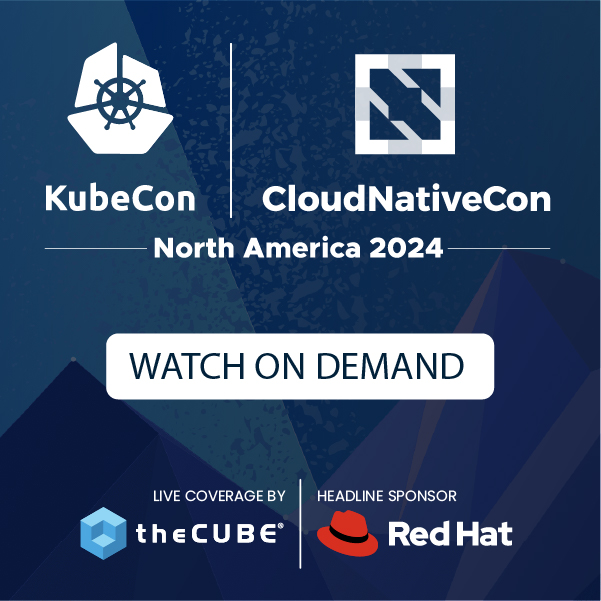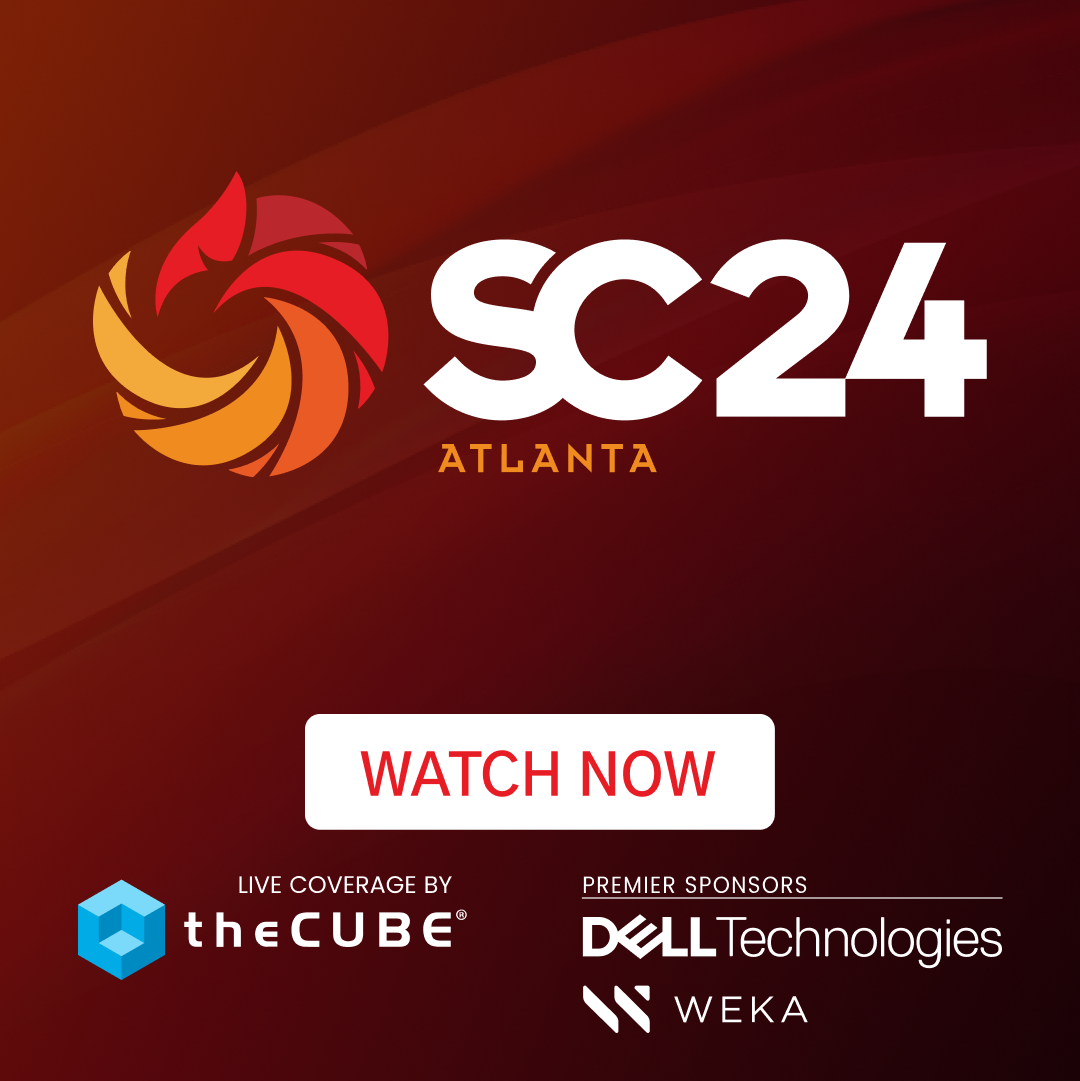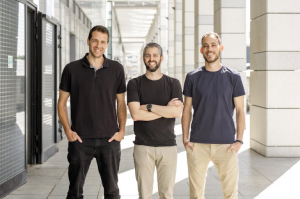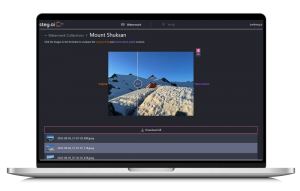The future of Big Data : Open source v. proprietary |#BigDataSV
![]() In last week’s companion to SiliconANGLE’s #BigDataNYC, theCUBE broadcast live from Silicon Valley, highlighting the ongoing maturity of Big Data for 2014 and beyond. John Furrier welcomed theCUBE alumni Bruno Aziza and Rishi Yadev for one of the more interesting conversations centering on the method and business model that will further advance the adoption of Big Data in the Enterprise.
In last week’s companion to SiliconANGLE’s #BigDataNYC, theCUBE broadcast live from Silicon Valley, highlighting the ongoing maturity of Big Data for 2014 and beyond. John Furrier welcomed theCUBE alumni Bruno Aziza and Rishi Yadev for one of the more interesting conversations centering on the method and business model that will further advance the adoption of Big Data in the Enterprise.
Representing Alpine Data Labs, Aziza’s contention is that industries requiring highly specialized software will ensure a market space for the proprietary business model. Yadav, CEO of InfoObjects, countered that assertion several times through the conversation, seemingly confident his company’s embrace of pure open source will be the winning strategy going forward.
Watch this segment of theCUBE in its entirety here:
.
The debate started off with Furrier noting there is quite obviously a shift going on in the market. What exactly that shift entails is, as yet, still undecided. Directing his first question to Yadev, Furrier stated, “The philosophy of open source versus the for-profit Enterprise focus, which at the end of the day is lock-in, we are seeing a change in the open source dynamic. What’s your take on that?”
The history of the market, according to Yadev, was built on the proprietary model. This model required the vendor to maintain intellectual property (IP) of their product. He pointed out that the proprietary vendors are recognizing and trying to minimize the overall disruption of open source with their design of OpenCore, where you use open source to build out the infrastructure and then provide proprietary software on top. “But if six months later there is good open source software available, how do you compete,” he asks. “The only place where I think you can compete is the customer support, customer satisfaction, customer turnaround and things like that.” InfoObjects, he claims, is a pure services company. “We brag about not having any IP.”
“If I can confess my bias,” Aziza, a last-minute fill-in for the debate, started, “I probably should give you some background.” Aziza, prior to working with Alpine Data Labs and other Silicon Valley-based companies, began his career with Microsoft. He and Alpine Data Labs have embraced the open source platform and have incorporated it in the same OpenCore infrastructure noted above. Alpine Data Labs, like Cloudera and Hortonworks, places value on contributing back to the open source community. “I think the thing where I struggle a little bit with the argument being one versus the other only,” he said, “I think, actually, the truth is somewhere in the middle. It’s difficult to say, ‘Do you need software open source and software commercial to compete?’ I think in the end, the combination of the two could be the answer.”
Immediately countering, Yadev noted that argument had held sway over the previous few years. Again, he cited the advancement of more and more stable open source products coming out with all the features of their proprietary counterparts. “What can you provide in proprietary when everything that a customer needs is provided in a stable Apache open source product?” As an example, Yadev points to Hortonworks and their Ambari open source which basically required Cloudera to produce Impala open source.
Does the industry require proprietary?
.
The debate shifted to industry specific proprietary IP with Aziza commenting, “We struggle with this ourselves. We contribute to the community. But at the same time we use this code for our commercial products and are evolving it for scenarios that require support. We are adapting it with specific functionalities that customers in particular industries are going to need.” Aziza believes such specificity of development may likely be overlooked by the open source community as a whole. That leaves a great space for proprietary developers to step in and meet a need.
Somewhat conceding Aziza’s point Yadev said, “You took it into the right direction. You have the open source software and then you would have the vertical specific solutions.” However, Yadev claims this is less a software solution and more apt to be application based. For multiple industry specific clients, “…you would always have some knowledge based development that you would reuse.” InfoObjects is geared to this model. “We say that any specific need which a client would need, and every client would need a lot of customization, we would do it for you based on what you want, what your need is, and you own the IP. The customer owns the IP rather than we own the IP.”
Jeffrey Moore and his definition of the whole product was referenced more than a couple of times during the conversation. “What’s the whole product? It starts with the software base,” Aziza mentioned. “It’s wrapped around a community of partners. It’s wrapped around a set of things. And I think at each layer you can compete better.” He continued, “You can add to the software stack. You can add to the service delivery. You can add to support. You can add to the go-to-market.”
How big a chasm to be crossed?
.
In addition to the definition of the whole product, Moore is famous for stating, over the last few years, that the chasm of Big Data is being crossed and embraced. Furrier asked Aziza, “What happened? Why haven’t we crossed the chasm?”
“It depends how big the chasm is, I guess,” Aziza replied. “There’s a lot of innovation. If you look at the evolution of the Enterprise Data Warehouse, it took us really 10 years maybe…probably even 15 years to take full advantage of the apps built on top of it.” Aziza believes Big Data is following the same arch as EDW, though significantly accelerated. “I think it is reasonable to say two, three years is where we are at now.”
“The Enterprise Data Warehouse Market, I think it is a good comparison,” noted Yadev. “But at that time, open source was not a factor. Don’t you think that makes it a little bit different,” he asked of Aziza. open source may not necessarily be an accelerator for Big Data adoption, but it definitely is having an effect on the overall market.
Outfits that are hedging their bets on building a proprietary model over open source will have to leverage their established brands for continued success. Established vendors like Cloudera, DataMirror and Hortonworks will, through effective marketing strategies, continue to secure new clients who view their longevity as a marker of trust. Pure open source companies, like InfoObjects, will need to focus almost entirely on providing unrivaled service to their clients.
In conclusion
.
Both Yadev and Aziza made clear arguments for why they think their own companies are well-positioned for the Big Data revolution. However, in this writer’s humble opinion, the power of open source and its continued march toward dominance in the market cannot be denied. With such a vibrant and active community, it is only a matter of time before the base-level boxes are checked off and developers start working on more advanced and stable software products that will be available to the Enterprise, free of charge. When the Enterprise recognizes this fact and trusts the newly developed products, there will be no turning back and the proprietary business model will devolve into a niche market or even become extinct.
photo credit: darkmatter via photopin cc
A message from John Furrier, co-founder of SiliconANGLE:
Your vote of support is important to us and it helps us keep the content FREE.
One click below supports our mission to provide free, deep, and relevant content.
Join our community on YouTube
Join the community that includes more than 15,000 #CubeAlumni experts, including Amazon.com CEO Andy Jassy, Dell Technologies founder and CEO Michael Dell, Intel CEO Pat Gelsinger, and many more luminaries and experts.
THANK YOU













